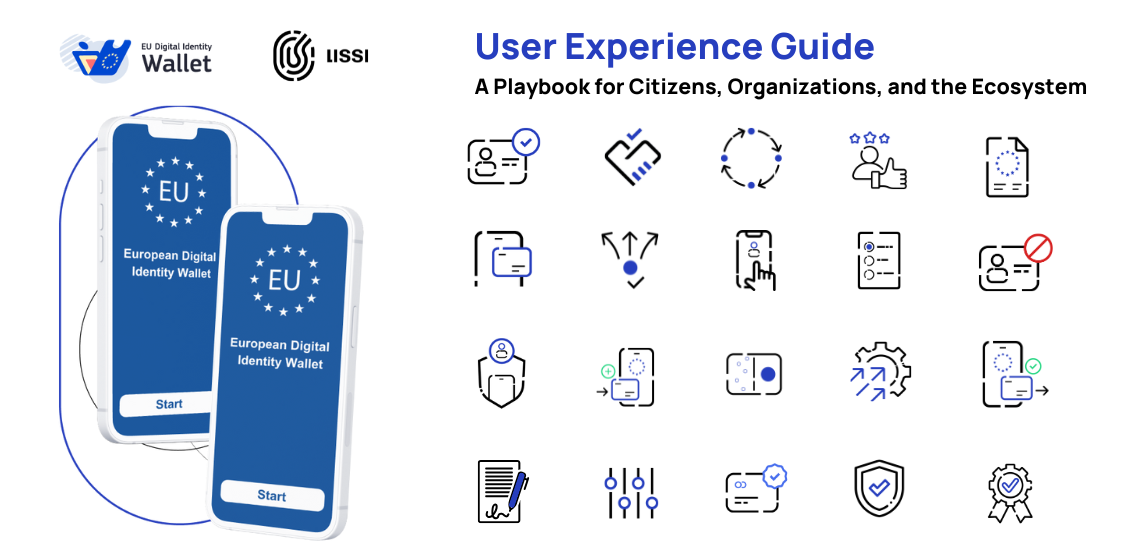The application facilitates identification, authentication, digital signatures as well as the sharing of attributes. The application was introduced by the eIDAS regulation and member states of the European Union are mandated to provide an EU identity wallet to their citizens by 2026.
Features of the EUDI-Wallet:
Features of the EU Wallet refer to the specific functions that are directly accessible and usable by the user. These are the tangible elements of the wallet that allow users to perform tasks such as managing data or signing documents.
- Reporting mechanism: Allows reporting of unlawful or suspicious data requests to the appropriate national data protection authority.
- Manage and present attributes: Users can securely request, store, select, delete and present their credentials to organisations.
- Identification: Proof the identity of a person to an organisation
- Authentication: Login without a password
- Interaction dashboard to:some text
- View and manage interactions with organisations
- Access interaction history with organisations
- Request erasure of personal data from organisations
- Electronic signatures: Enables users to use qualified electronic signatures for document signing.
- Download of data: Facilitates the download of personal data, attributes, and wallet configurations.
- Data portability: Ensures users have the right to transfer their data from one wallet provider to another.
Capabilities of the EUDI-Wallet:
Capabilities represent the broader potential of the EU-Wallet to achieve goals and deliver desired outcomes. Capabilities encompass the overall abilities of the wallet system, such as enhancing user security, facilitating seamless digital interactions, and supporting user autonomy in the digital society.
- Common protocol support: Using the same technical standards to ensure mutual understanding regardless of the used application or member state.
- Information security: Ensures information about the usage of credentials is not shared with the credential providers while maintaining confidentiality and integrity.
- Authentication of organisations: Provide mechanisms to verify the identity of entities interacting with the wallet, ensuring secure interactions.
- Assurance levels: Adheres to a high level of assurance for identity proofing, verification, and management, safeguarding user identity and data.
- Disclosure policies: Support disclosure policies for attributes to manage how and when user data can be accessed by organisations.
- Unique representation of data: Guarantees that a person is distinctly represented as an individual.
- Selective disclosure: Allows users to present a subset of attributes of an credential to an organisation instead of disclosing the sum of all attributes, effectively enhancing privacy.
- Online and offline support: Ensures wallet functionality both online and offline, facilitating broader accessibility.
- Generate and store pseudonyms: Allows users to create and store pseudonyms for enhanced privacy and anonymity.
The wallet can contain the following data:
- Person Identification Data: For the identification of an individual
- Qualified Credentials: For high trust related attestations
- Credentials: For general attestations
- Self-defined attributes: Directly provided by the end user
With this set of capabilities, features and data the application is a powerful tool for EU citizens to manage their increasing digital lives. Within the European identity ecosystem it’s a crucial component.
Your organisation can already gain practical experience with the implementation of use cases by joining the Lissi pilot program.

%201.png)


.png)

